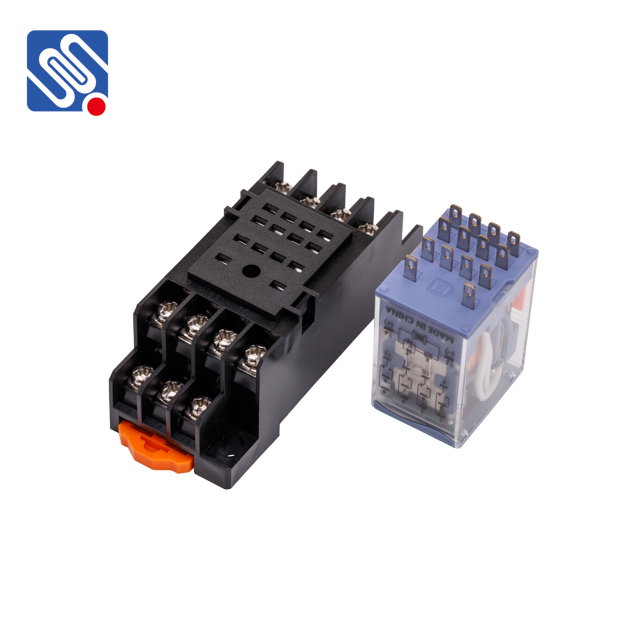The electromagnetic relay is an integral component in modern electrical systems, playing a crucial role in controlling circuits and ensuring the safe and efficient operation of various electrical devices. These devices are widely used in automation, telecommunication, industrial control, and protection systems. By utilizing the principles of electromagnetism, electromagnetic relays allow low-power control signals to switch high-power circuits, providing both convenience and safety in electrical operations.

Basic Principles and Working Mechanism At its core, an electromagnetic relay consists of a coil of wire, an iron core, and contacts that open or close depending on the movement of the core. The working principle of the relay relies on the concept of electromagnetism. When an electric current passes through the coil, it generates a magnetic field, which attracts the iron core. The movement of the core causes the relay’s contacts to change state — from open to closed, or vice versa — enabling the relay to control other electrical circuits. When the coil is energized, the magnetic field pulls the core into a new position, causing the contacts to switch. This switch can either complete or break the circuit in which the relay is installed. When the power is removed from the coil, the magnetic field dissipates, and a spring mechanism returns the core to its original position, causing the contacts to revert to their initial state.